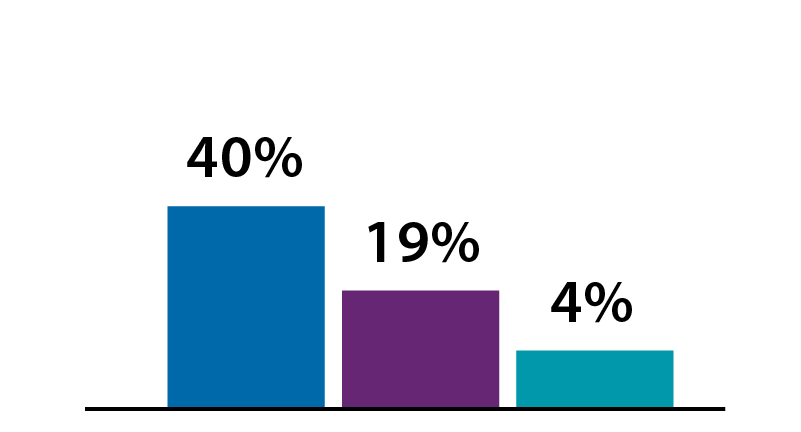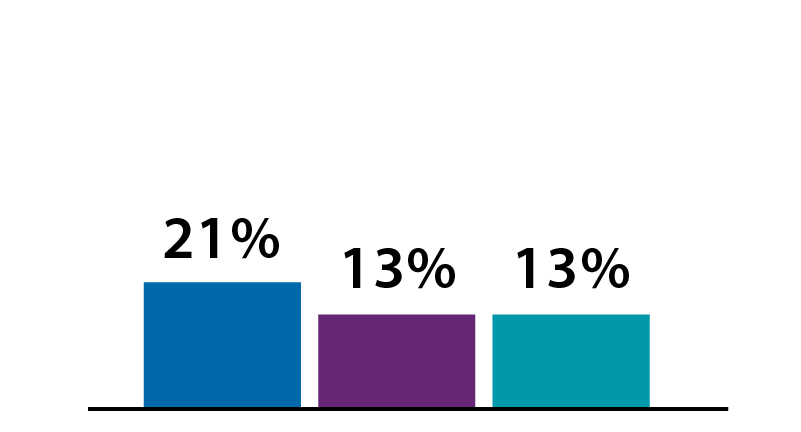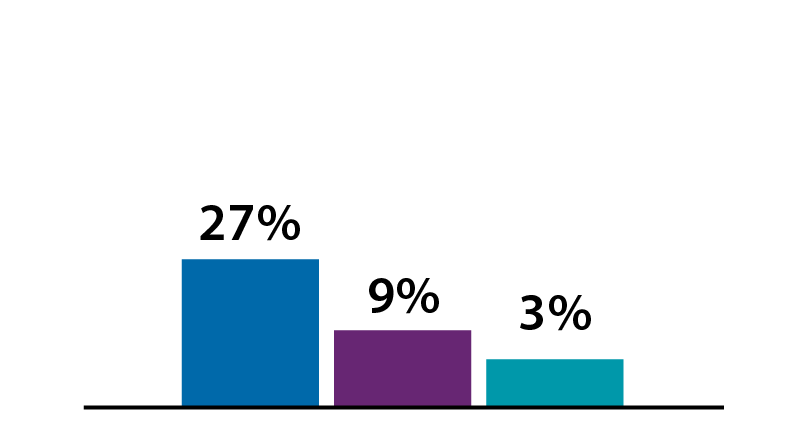For-Profit Colleges
BY THE NUMBERS
For-Profit Colleges
BY THE NUMBERS
Trends in Enrollment
Student Characteristics
Students at for-profits are disproportionately older, African American, and female, and are more likely to be single parents.
%
For-Profit Colleges
%
Public Two-Year Colleges
%
Public Four-Year Colleges
Tuition and Fees
For-profit colleges charge higher tuition and fees than community colleges and public universities.
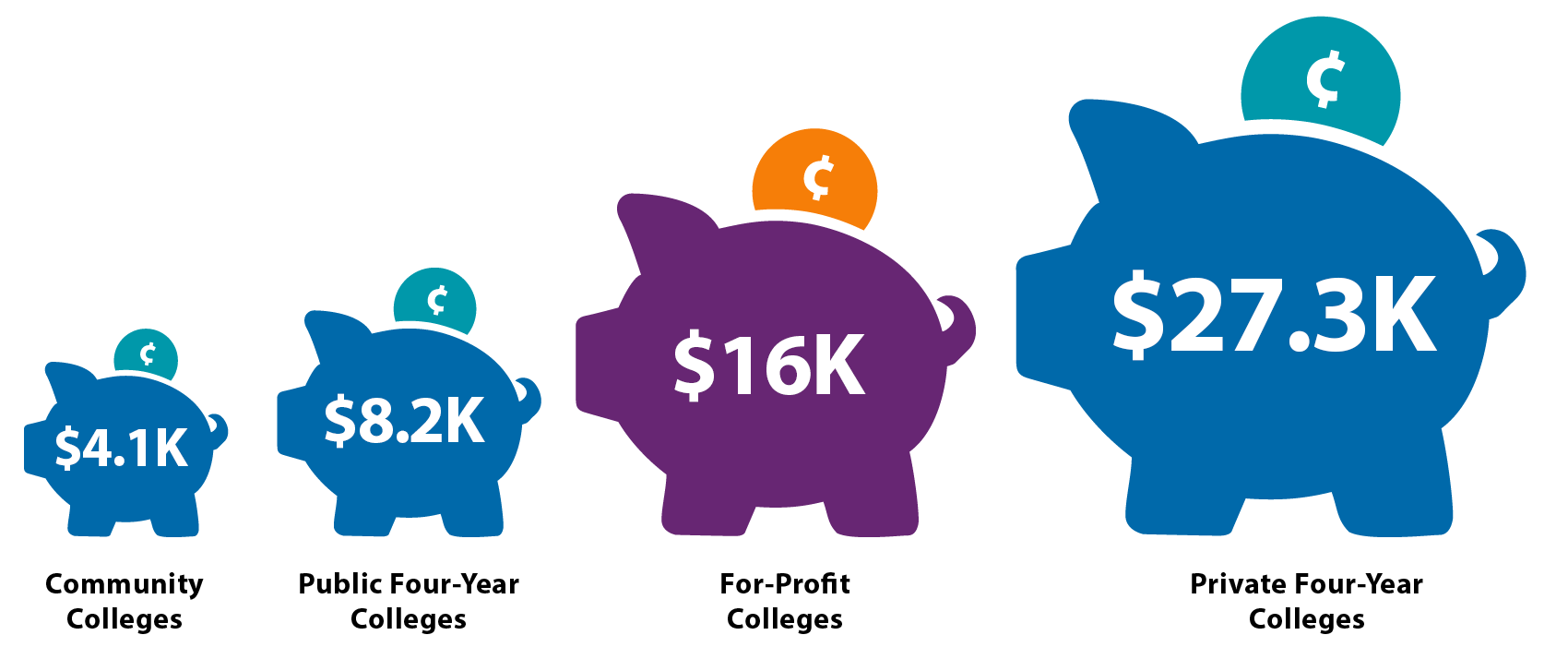
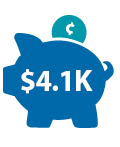
Community Colleges
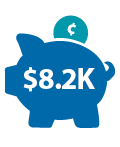
Public Four-Year Colleges
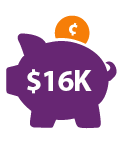
For-Profit Colleges
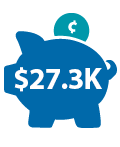
Private Four-Year Colleges
College Completion Rates
College students who enroll at for-profits are less likely to complete a program.
%
For-Profit Four-Year Colleges
%
Public Four-Year Colleges
%
Private Four-Year Colleges
%
Public Two-Year Colleges*
*Excludes dual enrollment students
Debt, Earnings, Employment, and Default
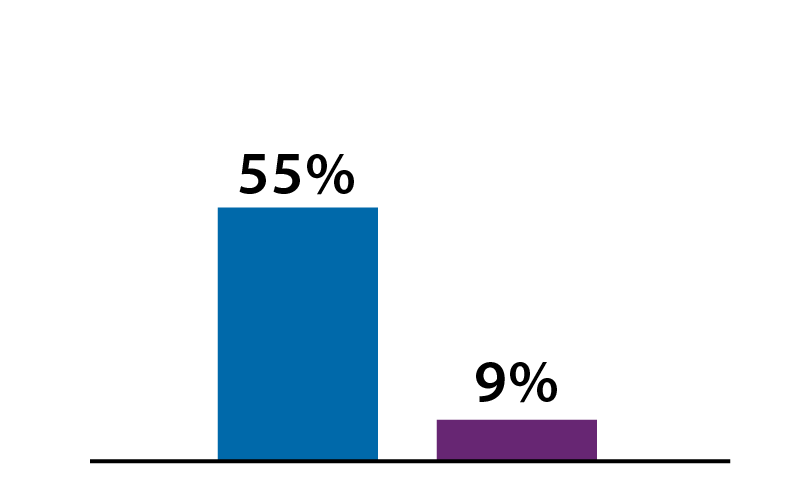

Community colleges: $32,700
Four-year public colleges: $42,400
%
For-Profit Colleges
%
Community Colleges
%
Four-Year Colleges
%
For-Profit Colleges
%
Public Colleges
%
Private Colleges
%
For-Profit Colleges
%
Public Four-Year Colleges
%
Private Nonprofit Four-Year Colleges
%
Community Colleges
%
For-Profit Colleges
%
Community Colleges
The For-Profit Postsecondary School Sector: Nimble Critters or Agile Predators?
David Deming, Claudia Goldin, & Lawrence F. Katz (February 2012)
The Public and For-Profit College Sectors: A Direct Economic Comparison
Clive Belfield (October 19, 2016)
What’s Next for For-Profit Higher Education? [webinar]
Clive Belfield (November 30, 2016)
Updated February 2018

